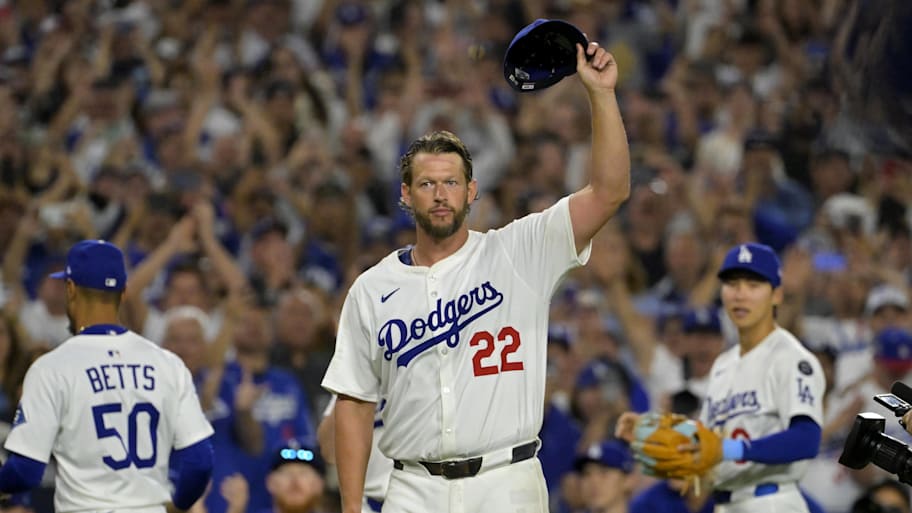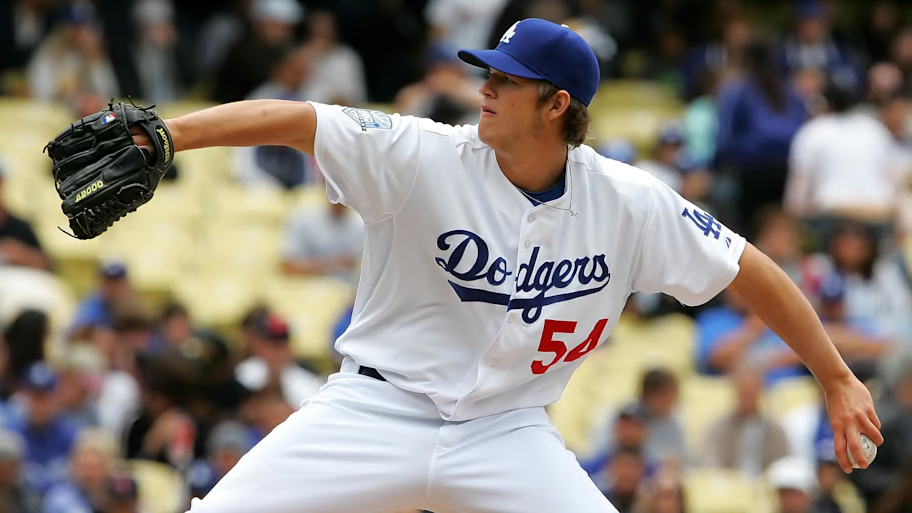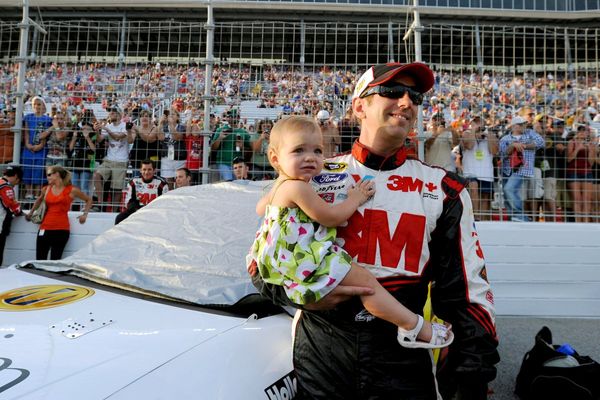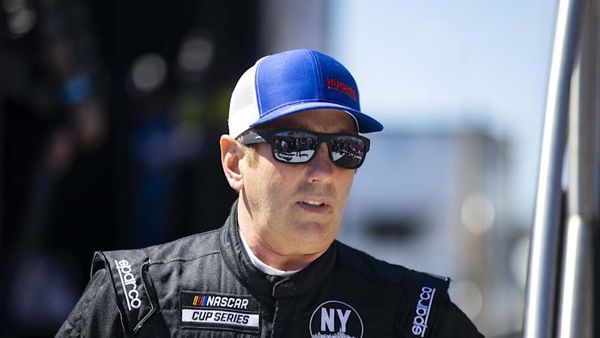
It was a steamy September Sunday night in Cincinnati in 2013, just another game in the inclined treadmill that is a single baseball season that, before you know it, becomes a career. It was Clayton Kershaw’s night to pitch, but there was a problem. His back was killing him.
Dodgers manager Don Mattingly and general manager Ned Colletti did not want him to pitch. Los Angeles had a fat, 11-game lead atop the National League West. Sure, the Dodgers had lost three games in a row. But there was no need to take a chance with the best pitcher in the game.
“Sorry,” Colletti told Kershaw. “We can’t risk it.”
“I’m pitching,” Kershaw replied.
“Well, we don’t think it’s a good idea.”
“I’m telling you, I’m pitching. I need to do this.”
Remembers Colletti, “He begged me to pitch. We let him go.”
Kershaw grinded through seven innings in the 85-degree heat and left in a 2–2 tie. He threw 104 pitches. He gave up two solo homers to Jay Bruce, the third and final time he allowed two homers to a left-handed hitter in the same game. The Reds walked off the Dodgers, winning 3–2.
The final score or even his pitching line do not matter. What matters from that night is what best defines Kershaw. It was not the parabolic beauty of his curveball, which arrived one day in a spring training game in Vero Beach, Fla., in the same frightening manner of what the military calls an Unidentified Anomalous Phenomenon. It was so scary that the great Vin Scully immediately called it, “Public Enemy No. 1.”
It was not that herky-jerky, stop-and-start delivery, in which he mimed a man trying to step over a curbside puddle, only to change his mind midway, then resume the quest.
It wasn’t that backfoot slider that was Finnegan’s Wake to right-handed hitters—no matter how many times they read it they still could not figure it out.
It wasn’t the 222–96 record, the three Cy Young Awards, the three strikeout titles, the five ERA titles or the MVP Award.
It was a ferocious, almost maniacal will to compete. Kershaw, one of the great competitors of his generation, is leaving the arena by his own choice, the best way to go out. He announced Thursday that he will retire after this season, literally taking it to the house to be with his wife, Ellen, and their four children, with a fifth due in December. He will take the ball at Dodger Stadium Friday night in what could be his final appearance there, where he became as much of a fixture as the golden light at sunset on the San Gabriels. Nobody ever struck out more batters in any ballpark than Kershaw did at Dodger Stadium (1,645), having surpassed Steve Carlton’s total at the Vet in Philadelphia (1,615) earlier this year.
This is Kershaw’s greatest legacy, if not the source of his greatest unspoken pride: he is the toughest pitcher to beat in the 132 years since the mound was set at 60 feet, six inches from home plate. His career winning percentage of .698 is the greatest among all the pitchers who threw more than 1,500 innings in that time.
Hall of Famer Tom Seaver liked to say he was most proud of finishing his career more than 100 games better than .500 (311–205). Kershaw pitched 18 seasons—his start Friday will be career start No. 450—and he still has not lost 100 games.
No one is close to Kershaw when it comes to the most wins without losing 100 games. Behind him is Ron Guidry, with 55 fewer wins, and Sandy Koufax, his spiritual guru in both spin and Dodger blue and white, with 57 fewer wins.
“Sometimes,” Colletti says, “you almost had to protect him from himself. He would go out there in pain. The drive, the quest to always get better, never, ever wavered. I don’t think I ever saw him rest on his laurels, or say, ‘This is good enough.’”
When Kershaw won his first Cy Young Award in 2011, Joe Torre, his first manager, texted him to congratulate him.
“Next year,” Kershaw replied, “I have to be better.”

Kershaw debuted for Torre’s Dodgers May 25, 2008, two months after his 20th birthday, in a start against the Cardinals. It was so long ago the Cardinals had no video on Kershaw; just written scouting reports. Skip Schumaker was his first strikeout, fanning on a 95-mph fastball.
“He definitely has good stuff,” Schumaker said then. “And he challenged us. You have to be impressed with what he did.”
Kershaw threw six innings, walked one and struck out seven.
“I thought he had good stuff,” Albert Pujols said. “He came at you pretty much. I think it’s fair to say he can have success at this level.”
His curveball was almost too good. Hitters did not want to swing at it. So, with the help of pitching coach Rick Honeycutt, Kershaw developed a slider to slip between his fastball and curve, in terms of velocity and break. He became a beast with such a fearsome three-pitch mix that he never really needed an off-speed pitch, though his tinkering with a changeup became something of a running gag.
At the height of his prowess, Kershaw put together a seven-year run (2011–17) in the dominant manner, if not the volume, of Koufax: 118–41 with a 2.10 ERA, three Cy Youngs, one MVP and seven straight years in the top five in Cy Young Award voting.
Proper acclaim eluded him because of his postseason record. Through 2019, Kershaw was 9–11 with a 4.43 ERA in 32 games. But what was lost in those numbers was the burden Kershaw carried. Only Andy Pettitte has started more postseason games on three days' rest than Kershaw. Mattingly and Dave Roberts would leave him in games because no one in the bullpen was better than a tiring Kershaw. And too often, as Colletti says, “when he was in trouble, he looked to throw hard, harder and harder.”
Kershaw did have his moments. In the 2016 NLDS, Kershaw beat Max Scherzer in Game 1, pitched two outs into the seventh inning of Game 4 on short rest, and volunteered to close Game 5 just 48 hours and three time zones later. That same year, he started the first postseason shutout at Wrigley Field.
In the 2017 World Series, after a gem in Game 1, he was undone by a ridiculous 13–12 loss at Houston during the height of the Astros’ sign-stealing scheme. He threw 39 sliders that night. The Astros swung and missed at only one of them. Houston pitchers were using multiple signs even with nobody on base. Kershaw was not. He was playing by an old honor code in a den of thieves and paid for it.
When I revisited that night with Kershaw the next spring, he told me, “The only thing that bothers me is the real-time stuff. I’m sure a lot of teams were going up to that line, but once [Houston] started doing it in real time and using technology in real time that’s what separates it.
“I’m sick of people saying that everybody was the same, that everybody was doing it. No. We weren’t all doing that. That was separated from everybody else.”

True satisfaction finally came in 2020. The Dodgers won their first World Series since 1988. Kershaw that postseason was 4–1 with a 2.93 ERA in five starts, including 2–0 with a 2.31 ERA in the World Series.
It seems odd now, as it was for the likes of Peyton Manning and Michael Jordan, to think Kershaw was once thought to be lacking in big moments. The drive was in his heart all along. Torre remembers Kershaw’s first spring training appearance with the Dodgers. They brought him over from the minor league complex. Kershaw was 19.
“It was a night game,” Torre says. “The first pitch he threw, he gives up a home run. I didn’t watch the home run. I watched him and his response. All he did was hold up his glove to the umpire to say, ‘Give me another ball.’ I absolutely loved it. A kid 19 years old pitching with the big club, normally he cringes at giving up a home run. That was impressive to me.
“He had a great confidence in himself. He never backed off anything. That first year I had to call him into my office to send him back to the minors. He could have burned a hole in me with the look on his face. This is where he wanted to be, and he felt he had the ability to be here.
“He’s got that fierceness. I remember how hard he worked on his hitting and his bunting. You trust him. That’s the bottom line. You trust him with your life.”
Many years ago, Braves Hall of Fame executive John Schuerholz gave Colletti a piece of advice: if you want to know about a player, just ask yourself if you can trust that player.
“And I always ask myself, do I trust the player, the person?” Colletti says. “There was never a moment since the day he showed up that I did not trust Clayton Kershaw. Never a moment where I wondered what I was getting from him or if there was more in there. Never.”
Over these 18 seasons, there are so many memorable nights. A no-hitter. World Series wins. Three thousand strikeouts. There are even more nights with less fanfare, like that sweatbox in Cincinnati for a meaningless game, when his effort knew no other level but the maximum.
And there are the many late afternoons at Dodger Stadium, when Kershaw, like Monet heading to the garden in Giverny, would walk alone to the Dodgers’ sun-drenched bullpen in his sleeveless T-shirt and shorts with a baseball and his glove. There he would pantomime his signature delivery over and over, without letting go of the baseball. In these shadow boxing sessions, while saving his arm from the wear and tear of throwing, Kershaw perfected this Rube Goldberg contraption of a delivery. Nobody ever released a baseball from darn near the exact same spot, regardless of the pitch or the inning or the year, than Kershaw. It happened not by accident. It happened in the same way Kershaw became the toughest pitcher to beat in the history of this game: with an iron will that never wavered.
More MLB on Sports Illustrated
This article was originally published on www.si.com as Clayton Kershaw’s Iron Will, Maniacal Work Ethic Ensured His Incomparable Legacy.







